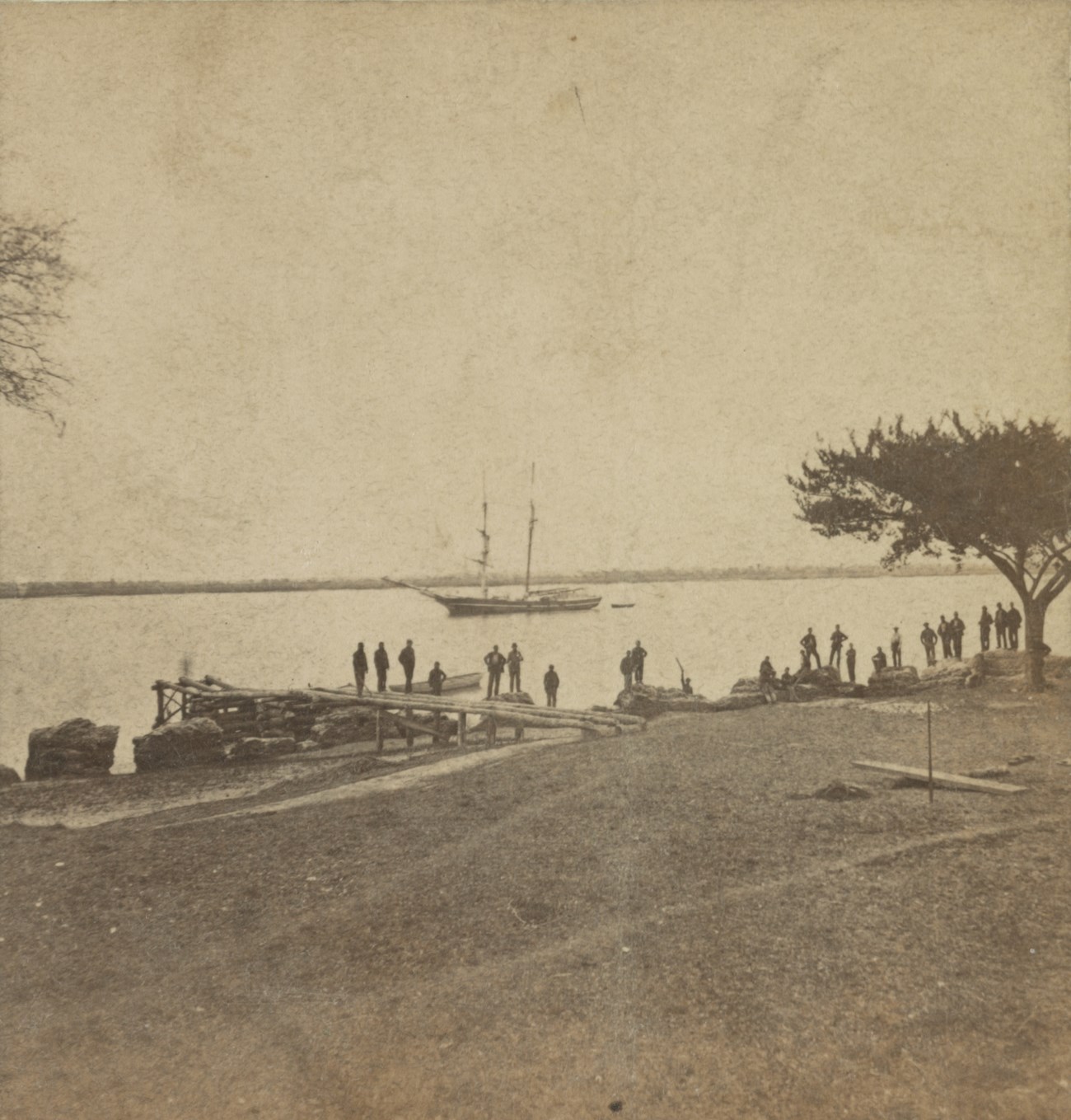Part of a series of articles titled The Port Royal Experiment.
Article
The Port Royal Experiment

LOC
On November 7, 1861, an armada of US Naval vessels sailed into the Port Royal Sound near Beaufort, South Carolina. In what became known as the Battle of Port Royal, they bombarded Confederate forts on Hilton Head and Bay Point. Their objective was to secure the Sea Islands for use as a military base and coaling station for the fleet blockading nearby Charleston and Savannah, Georgia. In the aftermath of the battle, not only did the Confederate soldiers retreat, nearly all the white plantation owners, and residents fled inland as well.
A few weeks after the battle, US soldiers and sailors came ashore around Beaufort and found thousands of now formerly enslaved people in control of the region. The military had no real plan yet, and the legal status of the now formerly enslaved people was unclear. Attempts to answer that question evolved into a series of programs undertaken by the US government, military and a host of civilian organizations such as churches and abolitionist societies. Newly freed Black South Carolinians were active participants as well, making choices that shaped their own destiny. They demanded access to programs to support labor reforms, land redistribution, quality education, and military service. Collectively, these programs became known as thePort Royal Experiment.
Last updated: March 12, 2025
